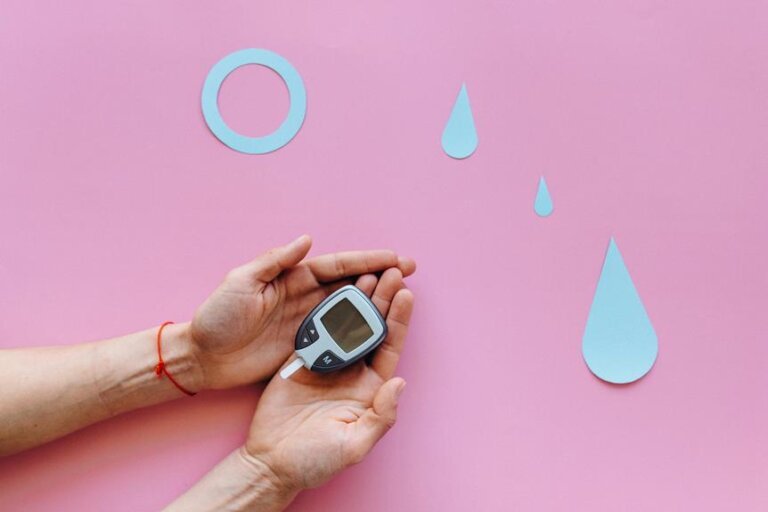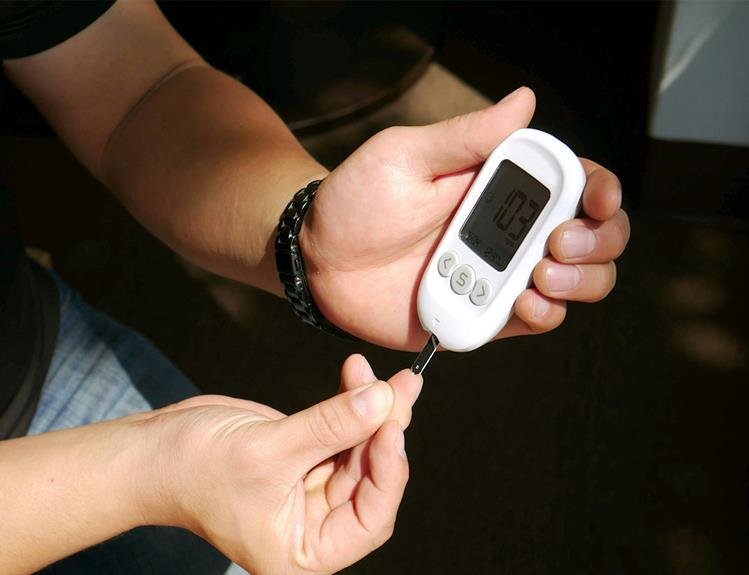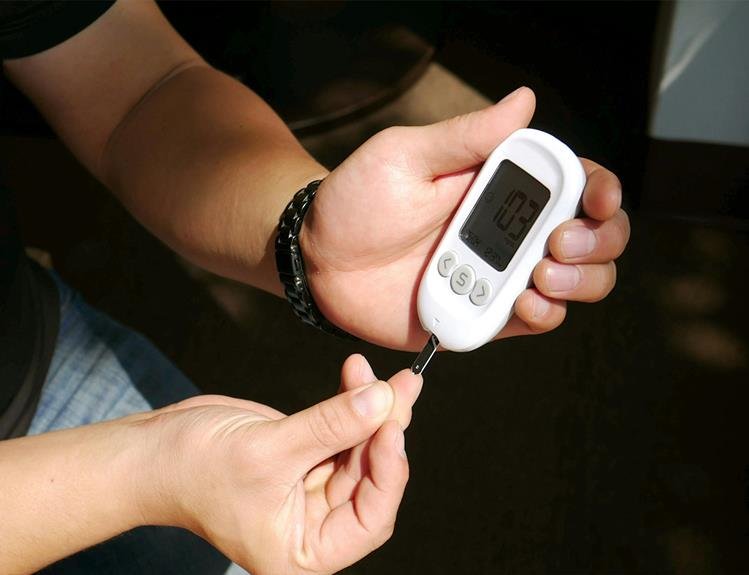how do you know when diabetes is reversed
diabetes, a chronic disease that affects millions of people worldwide, is characterized by high levels of sugar (glucose) in the blood. It is a condition that requires careful management and can have serious health consequences if left uncontrolled. However, with proper treatment and lifestyle changes, it is possible to reverse diabetes and improve overall health. But the question remains, how do you know when diabetes is truly reversed? In this article, we will explore the key factors and indicators that can help determine if a person has successfully reversed their diabetes. From blood sugar levels to overall health improvements, we will delve into the various markers that healthcare professionals use to assess the reversal of this debilitating disease. By understanding these indicators, individuals with diabetes and their healthcare providers can track progress and make necessary adjustments to ensure lasting success in reversing this condition. So, let us delve into the signs that indicate when diabetes is truly reversed and the steps one can take to achieve this goal.
watch how he got cured of diabetes
Monitor blood sugar levels consistently.
Regular monitoring of blood sugar levels is a critical aspect of managing diabetes and assessing progress in its reversal. By consistently monitoring blood sugar levels, individuals can gain valuable insights into how their body responds to different foods, medications, and lifestyle factors. This information allows for adjustments in treatment plans, such as medication dosages or dietary modifications, to maintain optimal blood sugar control. Additionally, monitoring blood sugar levels provides a means of early detection for potential complications and can serve as an important tool in preventing further health issues. Therefore, incorporating regular blood sugar monitoring as part of an overall diabetes management plan is essential for effectively assessing the progress and potential reversal of the condition.
for more articles on diabetes click here
Track weight and waist measurements.
Tracking weight and waist measurements is another crucial component in determining the reversal of diabetes. While blood sugar levels provide insight into immediate glucose control, tracking weight and waist measurements offers a broader perspective on overall health and changes in body composition. Excess weight, particularly around the waist, is closely linked to insulin resistance and an increased risk of developing type 2 diabetes. Therefore, monitoring these measurements can help individuals gauge their progress in losing weight and reducing abdominal fat, both of which are key indicators of improved insulin sensitivity. By consistently tracking weight and waist measurements, individuals can observe trends over time and make necessary adjustments to their lifestyle, such as implementing a balanced diet and regular exercise, to promote sustainable weight loss and potentially reverse diabetes.
Check A1C levels regularly.
Regularly monitoring A1C levels is essential in assessing the reversal of diabetes. A1C, also known as glycated hemoglobin, provides a snapshot of an individual’s average blood glucose levels over the past two to three months. By checking A1C levels regularly, healthcare professionals and individuals with diabetes can track the effectiveness of lifestyle changes, medication, and treatment plans in managing blood sugar control. Decreases in A1C levels indicate improved glucose regulation and can be a positive sign of diabetes reversal. This monitoring allows for timely adjustments to treatment plans and proactive measures to maintain optimal blood sugar levels, ultimately contributing to a healthier and more manageable life with diabetes.

Observe changes in medication intake.
One crucial aspect to consider when evaluating the reversal of diabetes is observing changes in medication intake. As individuals make positive lifestyle changes, such as adopting a healthier diet and increasing physical activity, their blood sugar levels may stabilize, potentially leading to a reduced need for medication. It is important to work closely with healthcare professionals to regularly monitor blood glucose levels and adjust medication dosages accordingly. A gradual reduction or discontinuation of medication under medical supervision can indicate successful diabetes management and potentially signify the reversal of the condition. It is crucial to remember that any adjustments to medication should always be done in consultation with a healthcare professional to ensure safety and optimal health outcomes.
Keep a food and activity log.
One effective strategy in managing and potentially reversing diabetes is keeping a food and activity log. This log serves as a valuable tool in monitoring and understanding the impact of dietary choices and physical activity on blood sugar levels. By diligently recording meals, snacks, and beverages consumed, along with the corresponding portion sizes and macronutrient breakdown, individuals can gain insights into their eating habits and identify potential triggers for blood sugar spikes or fluctuations. Additionally, documenting daily physical activity, including duration and intensity, can provide important information on how exercise influences blood glucose levels. By regularly reviewing this log with a healthcare professional, individuals can make informed adjustments to their lifestyle choices and track progress towards diabetes reversal.
Pay attention to energy levels.
Another important aspect to consider when determining if diabetes is being reversed is paying attention to energy levels. As individuals adopt healthier lifestyle habits, such as eating a balanced diet and engaging in regular physical activity, their energy levels may begin to improve. This is because a well-nourished body and increased physical fitness can contribute to enhanced energy production and overall vitality. Monitoring energy levels throughout the day can serve as an indicator of progress in managing diabetes. If individuals notice a significant improvement in their energy levels, experiencing less fatigue and increased endurance, it may suggest positive changes in their metabolic health. However, it is crucial to consult with a healthcare professional for a comprehensive evaluation to determine the reversal of diabetes and appropriate management strategies.
Look for signs of insulin resistance.
To determine if diabetes is being reversed, it is important to look for signs of insulin resistance. Insulin resistance occurs when the body’s cells become less responsive to the hormone insulin, resulting in elevated blood sugar levels. Look for symptoms such as frequent hunger or cravings, especially for sugary or high-carbohydrate foods, as well as increased thirst and frequent urination. Additionally, unexplained weight gain or difficulty losing weight despite efforts may indicate insulin resistance. Skin issues like dark patches on the neck, armpits, or groin area, known as acanthosis nigricans, can also be a sign. If any of these signs are present, it is advisable to consult with a healthcare professional for further evaluation and guidance on managing insulin resistance and potentially reversing diabetes.
Notice improvements in overall health.
As diabetes is reversed, individuals may begin to notice significant improvements in their overall health. One of the first indicators of improved health is better blood sugar control, with more stable and normalized blood glucose levels. This can lead to increased energy levels and a reduction in common diabetes symptoms such as excessive thirst, frequent urination, and unexplained weight loss or gain. Additionally, reversing diabetes often goes hand in hand with improvements in other health markers, such as lower blood pressure, improved cholesterol levels, and a decreased risk of cardiovascular complications. Individuals may also experience improvements in their mood, mental clarity, and overall well-being, as the body’s systems begin to function optimally again. Regular check-ups with a healthcare professional can help monitor these improvements and ensure continued progress towards reversing diabetes and maintaining optimal health.
In conclusion, while there is no definitive answer to when diabetes is considered “reversed,” it is clear that proper management of blood sugar levels, weight, and overall health can significantly improve the condition. Regular monitoring and collaboration with healthcare professionals is crucial in determining progress and making necessary lifestyle changes. With dedication and a comprehensive approach, it is possible to reverse the effects of diabetes and lead a healthier life. Remember to always consult with your doctor and never make any changes to your treatment plan without their guidance.






